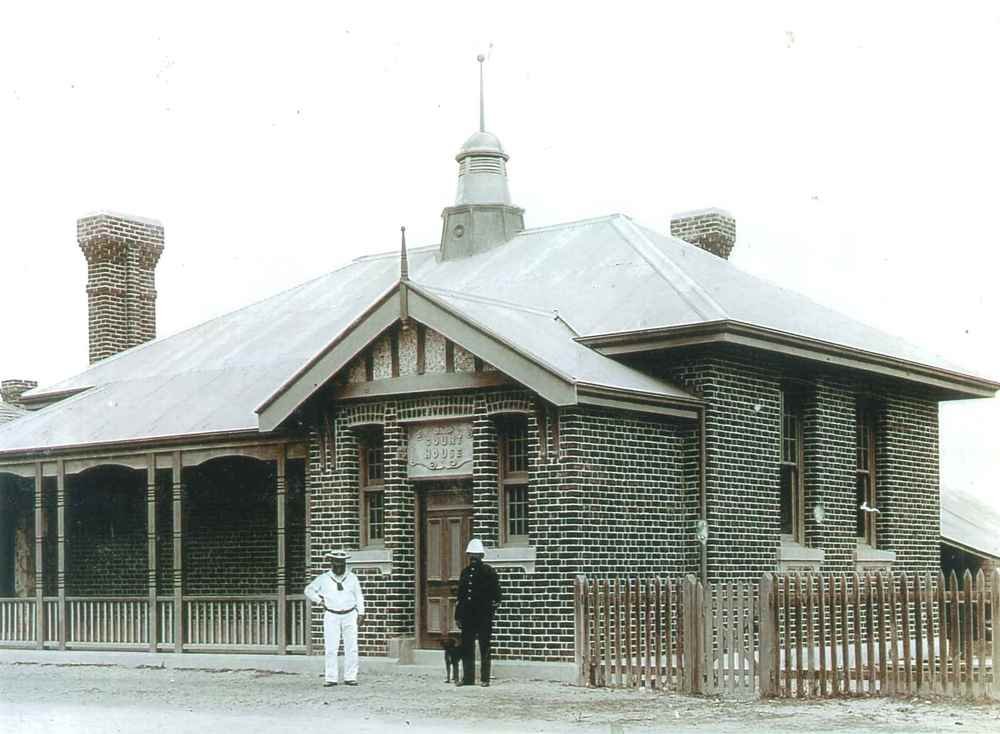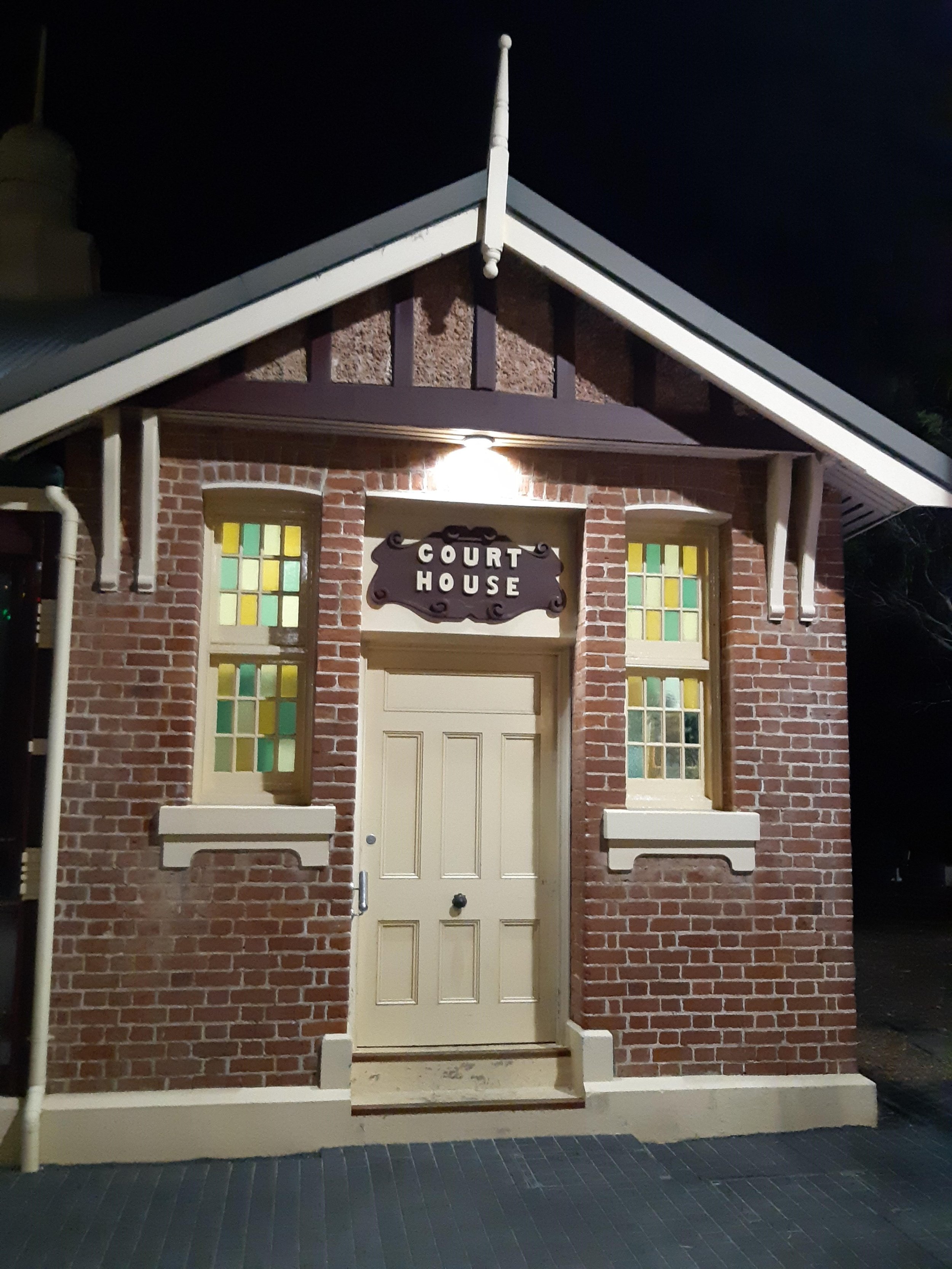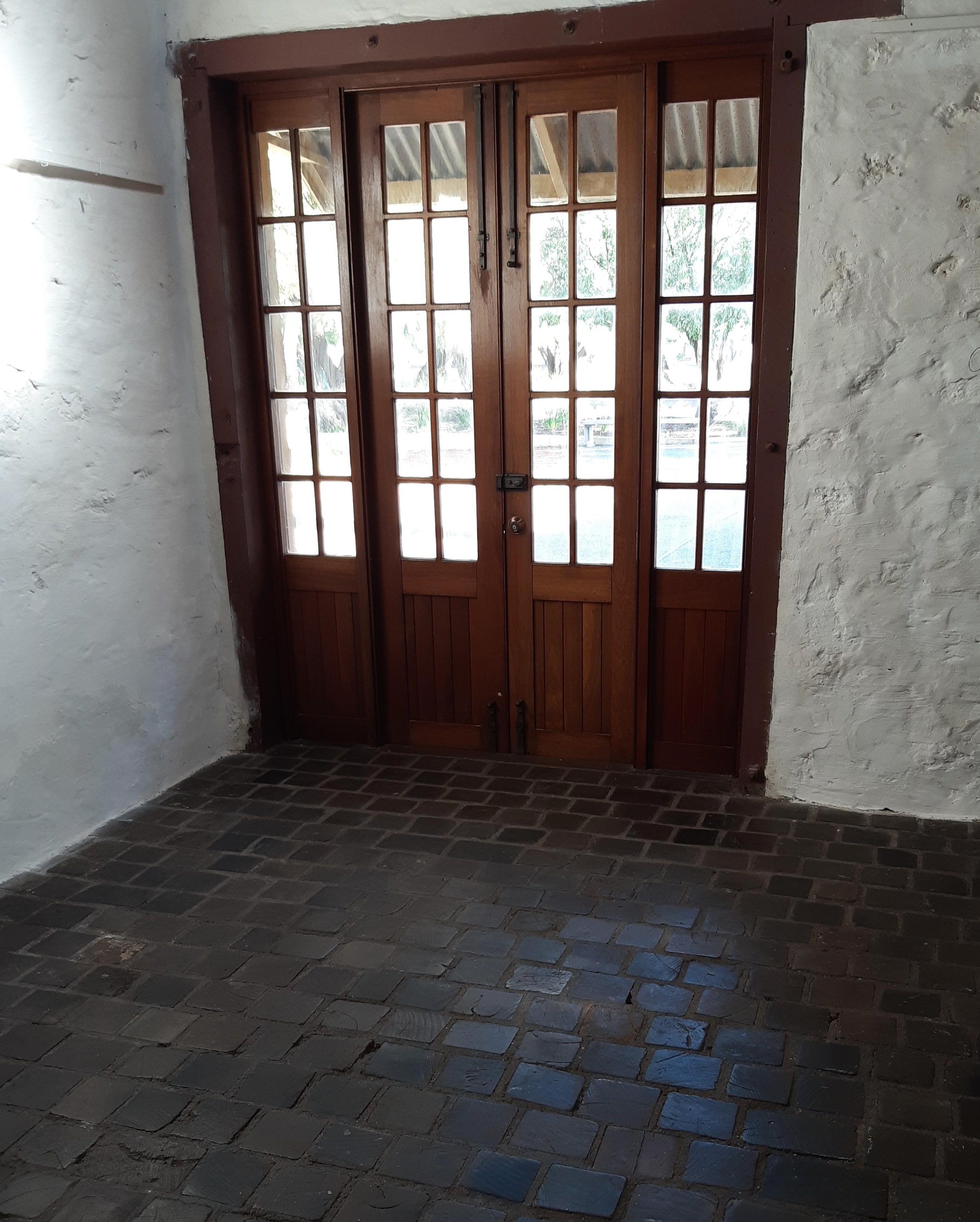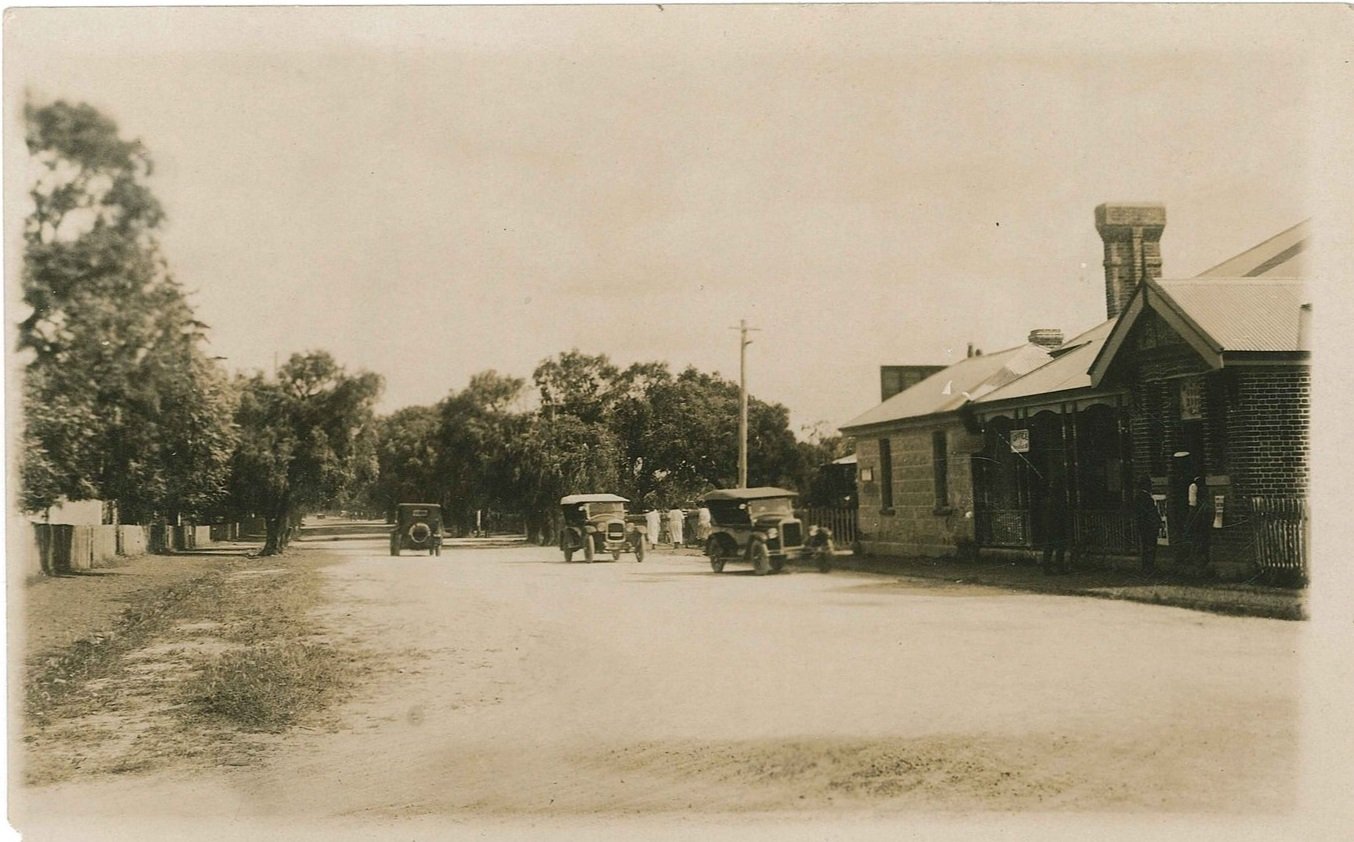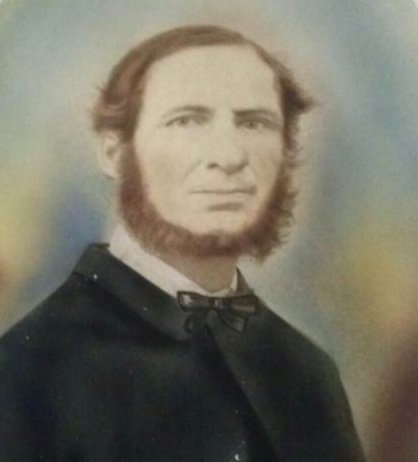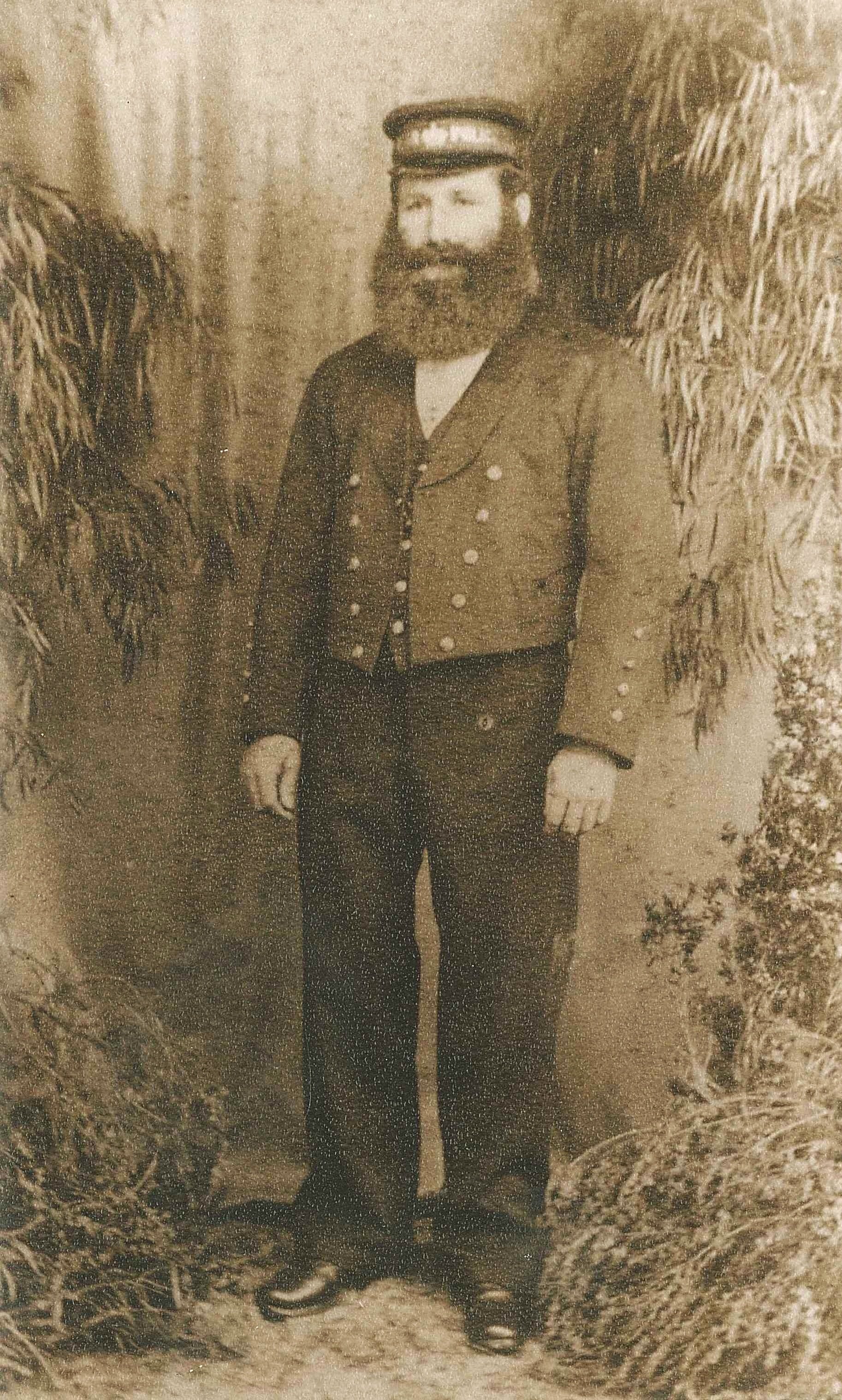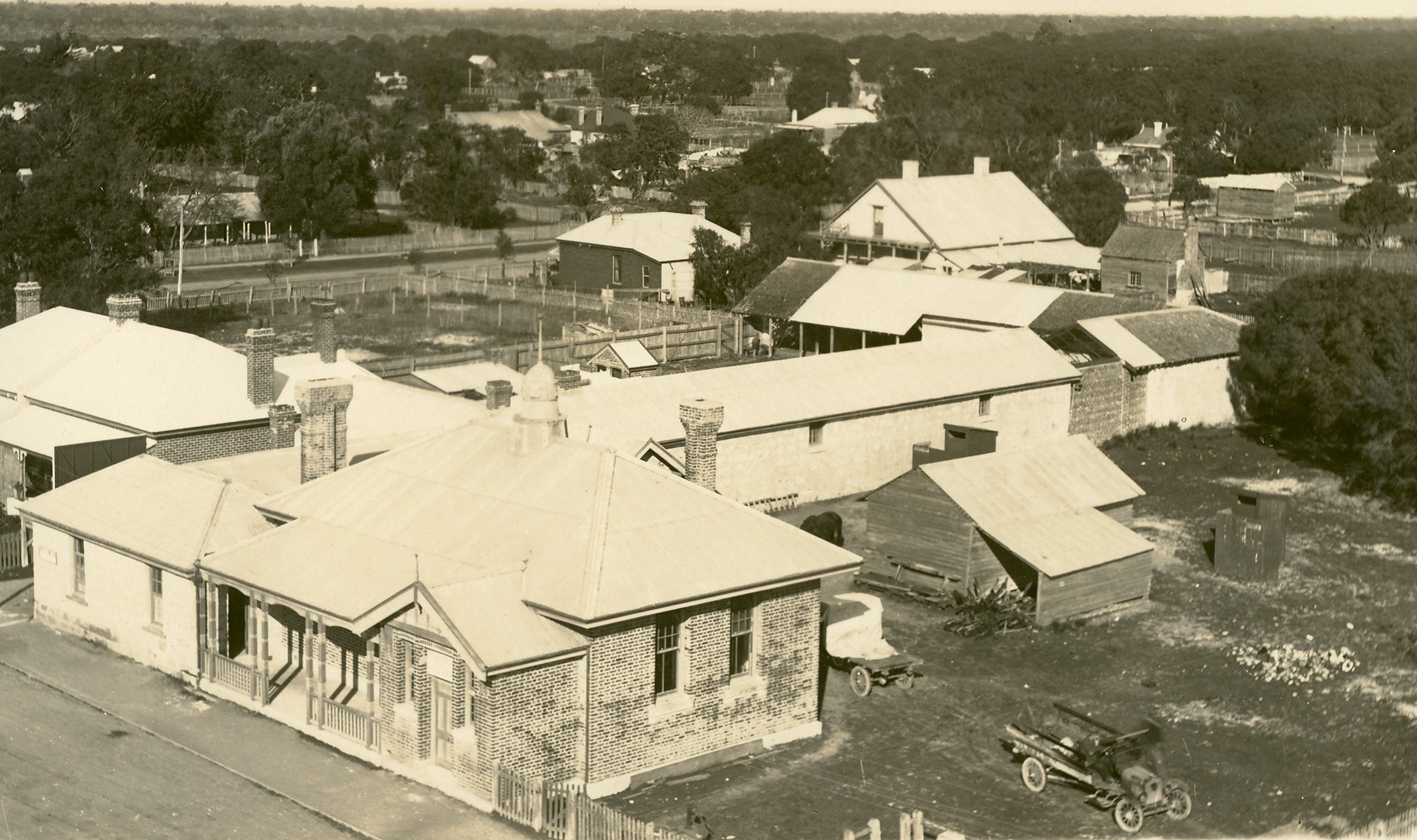
The Old Busselton Courthouse and Police complex is recognised as a place of considerable heritage significance - particularly because of its historical importance, landmark qualities and noteworthy architecture. Conservation of the complex is an ongoing process.
During the Colonial and early Federation eras, this heritage-listed complex was the most important public building in the district, providing law and order, governance and telecommunications. Busselton's historic Courthouse was an important regional administrative and judicial centre during the Colonial and early Federation eras.
The first lockup for the fledgling town was at the Earnshaw's home which was located near the intersection of Strelly Street and Fairlawn Road. Mr David Earnshaw became known as the town's first gaoler. He was also an inn keeper, local builder and one of the first police constables in the Vasse region.
By 1860, the need for an official complex was recognised and the Courthouse Complex was built. In 1861 Henry Yelverton won the contract to build the Police Station, the Day Room, the Gaol Cells and the Exercise Yard, the Stables and Fodder Room. The original cottages were also built by Yelverton in 1861 - construction probably continued into 1862, as a kitchen was added to the rear of the building and was used by the sergeant’s wife to prepare meals for the gaol inmates.
Nearly 40 years later, the town had grown so much that a larger Courtroom was required. The new Courtroom was completed in 1897 and the original Courtroom turned into the office of the Government Land Agency and later became part of the Police Station.
In 1982, a grant was received from the WA heritage Council and work began on refurbishing the buildings and re-purposing them as an arts centre. Work was completed and the new complex opened in 1985.
Timeline
1860 Original Courtroom and Bond Store built by David Earnshaw. Magistrate’s Retiring Room added mid-1860
1861 Police Station, Gaol Cells, Stables, Fodder Room and original Police Cottages built by Henry Yelverton
1873 Telegraph and Post Office built by Samuel Rose
1897 New Courtroom built by Hough and Donald. Designed by the office of George Thomas Temple-Poole. Magistrate’s Retiring Room extended
1906 New Police Cottages built by WC Rose
1972 Buildings classified by the National Trust as a Heritage Site
1975 Last court case heard in the New Courtroom
1975 Busselton Arts Council founded
1976 WA Police vacated some spaces in the complex
1976 Busselton Arts Council move into the Courthouse.
Grant received from the Department of Youth, Sport and Recreation.
Old Courthouse Restoration Committee formed as part of the Busselton Arts Council
1979 Crommelin Chemicals Perth donated waterproofing for external walls, which was applied by Air Force Cadets
1981 Police Cottages and Stables vacated by the WA Police Department
1982 WA Heritage Committe grant of $20,000 was received and restoration begins
1983 Federal Government grant of $276,000 from the “Wages Pause” scheme to generate jobs for the long term unemployed
1985 Restored buildings re-opened as an arts complex
History of the Old Courthouse & Police Complex
Historic Buildings
-

Old Gaol
Explore the gaol cells built in 1861 and imagine being locked up behind one of these heavy wooden doors!
On a few occasions, inmates spent three to six months awaiting a travelling Magistrate.
Prisoners given longer sentences were sent to Bunbury and Fremantle Prison or Rottnest Island. The cells were all built with limestone block walls. After a number of escapes, the Magistrate J Harris requested the cells be lined with Jarrah boards to prevent inmates digging their way to freedom.
The cell at the end of the corridor with the bars, wood-block floor and shackles was built for Aboriginal prisoners. This is a reflection of the times. Records show that cell 9 was not used post 1940, unfortunately prior records have not been located to date but the search goes on.
The enclosed area at the end of the corridor was used for exercise and toilets. The Exercise Yard is worth a visit just to see the primitive toilets without a door! Originally the Exercise Yard didn’t have a roof, which led to many escapes. Wander down the dark gaol corridor and immerse yourself in the audio-visual exhibit, Stories from the Cells.
-

New Courtroom
The original Courtroom and the Bond Store were built in 1860 by David Earnshaw.
The Courtroom would have been sparsely furnished with a table and chairs. In 1861, Henry Yelverton won the contract to build the Police Room, the Day Room, the Gaol Cells and the Exercise Yard. At the same time, Magistrate Strelly Harris demanded that the Magistrate’s Dressing Room be built.
It was shared with the Post Office until 1873 when a dedicated Post Office was built. Nearly 40 years later, the town had grown so much that a larger courtroom was required.
The New Courtroom was completed in 1897 and the old Courtroom turned into the office for the Government Land Agency and later became part of the Police Station.
The 1897 New Courtroom is a fine example of Federation-era architecture.
The New Courtroom now showcases a permanent heritage exhibition, Forgotten Voyages - Rediscovering the S.S. Georgette.
-
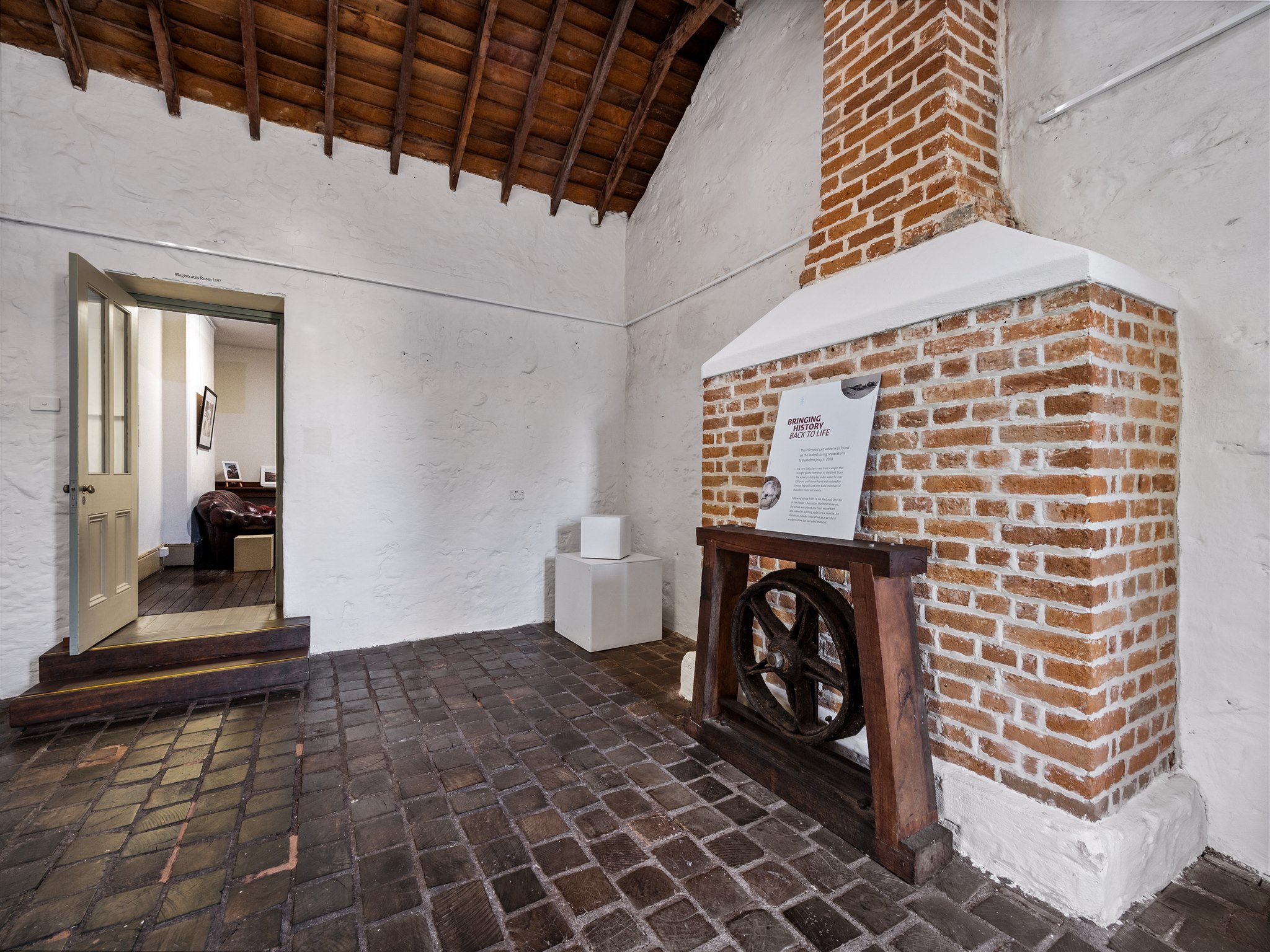
Bond Store
The Bond Store and original courtroom were built in 1860 by David Fothergill Earnshaw (1813 – 1871), a local farmer, builder and publican.
He was one of the first police constables in Busselton in the 1840’s and the town’s first gaoler, having built a room onto his property in Strelly Street in 1853 that was used as a lock-up.
The Bond Store was used by Customs and Excise to store dutiable goods brought from ships moored in the bay at the Busselton Jetty.
The goods were tagged by the authorities and transported to the Bond Store originally by horse and cart and later on a tramline by push-pull carts (Kalamazoo).
A Customs Officer, also known as a Tide Waiter, supervised the landing and storage of goods in the Bond Store until the appropriate tax or excise duty was paid. These goods included tobacco, wine, spirits, dried fruit, potatoes, rice, canvas, mineral oils and salt. Once duty was paid the goods were released for sale.
The Bond Store is now used as an exhibition space.
-
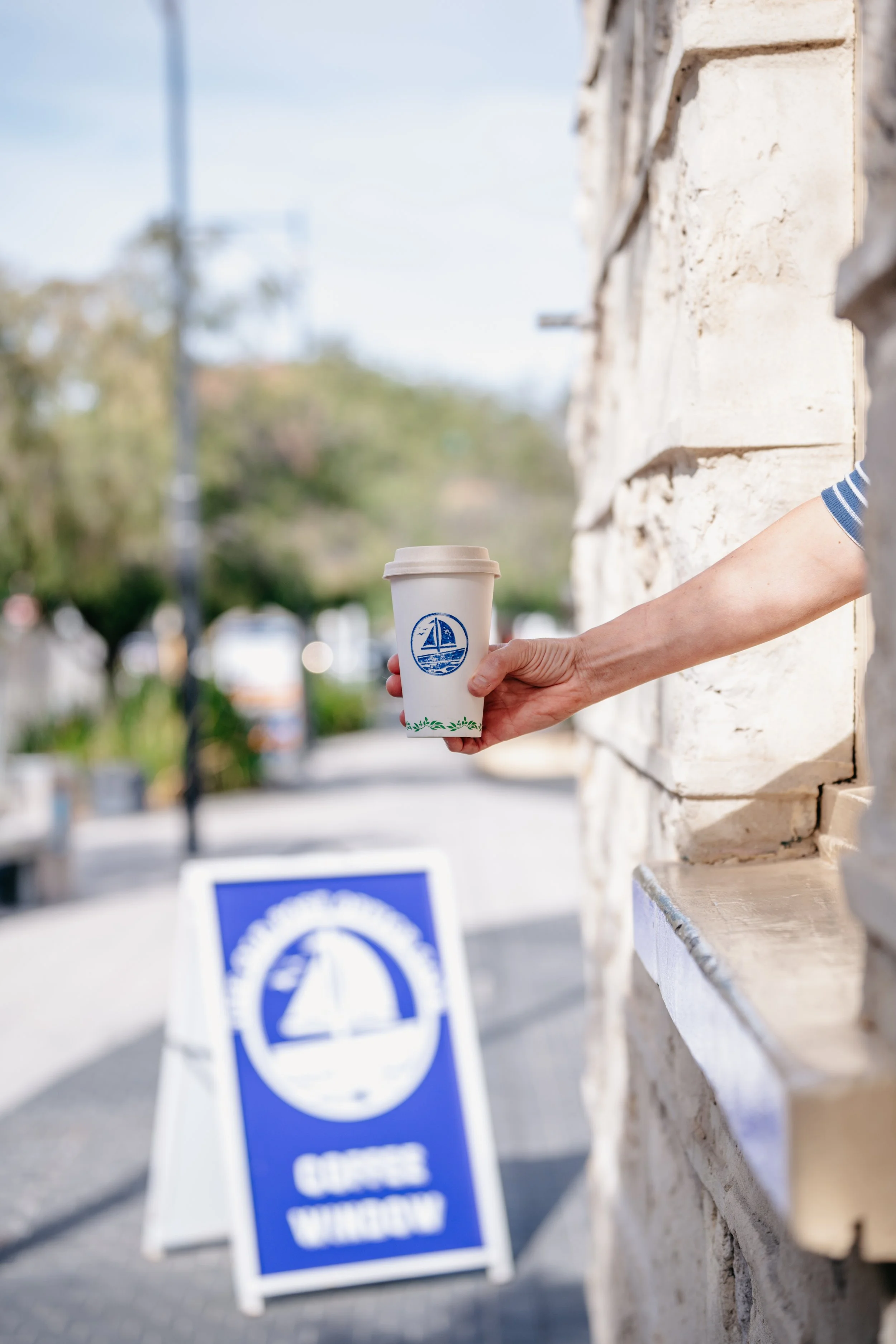
Post Office
The Post and Telegraph Office
The Post office was built in 1873 by Samuel Rose to house the new telegraph line built from Perth to Bunbury and Busselton.
It was used as a Post Office until 1898 when the new Post Office was built on Prince Street adjacent to the railway - it is still used as Post Office today although the railway has sadly been disbanded for a car park!
The Post Office building has had many guises ranging from a bank, an office space and a jeweller's studio-gallery.
It’s now home to the Old Post Office Cafe, which has recently received a fresh new facelift.
Owners, Andy and Paddy, serve top quality coffee and tea alongside sweet and savoury treats crafted with seasonal, locally sourced produce.
Take a seat inside this charming building, relax on the veranda overlooking Queen Street or enjoy a take away picnic in the Old Courthouse Complex grounds.
-

Police Cottages
The original Police Cottages were built in 1861 by Henry Yelverton housed the sergeants and their families. Whilst building was taking place John Bussell – acting Resident magistrate – wrote to the Colonial Secretary requesting ovens be built into the kitchens to provide meals for inmates of the gaol.
In 1906 the new cottages were built by W.C Rose. It was reported in 1905 that the original cottages were not suitable for married men and their families. The new cottages that we see today are situated closer to Queen Street than the original buildings.
Today, these two buildings are home to long-standing community groups. The Busselton Art Society is a member based organisation that supports local amateur painters by providing a space to paint, meet friends and sell their work. Acting Up drama school is based in the second Police Cottage and is the home of youth theatre in Busselton.
-

Stables Studios
The stables and adjoining buildings were built in 1861 by Henry Yelverton. The stables housed up to 10 horses which were in the service of the Police Station and Post Office.
The horses travelled around the district delivering law and mail! The Fodder Room housed livestock fodder and is now used as a workshop space for local art groups and specialist workshops.
The alley that leads from the courtyard to the exterior gardens was once the WC for the Police and Magistrate.
The stables have now been converted to artist studios and are home to our Artist in Residence program.
This gives the community and visitors alike the opportunity to view the artist at work, discuss their process and participate in workshops offered as a part of the Artist in Residence program.
